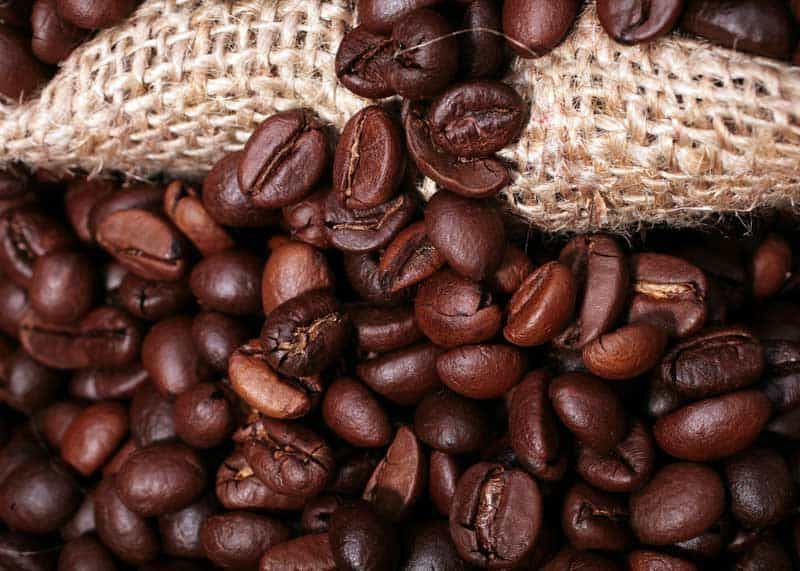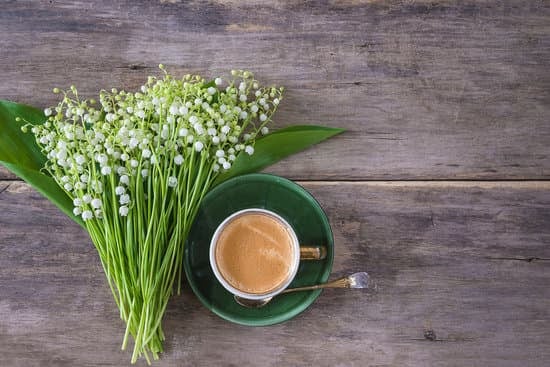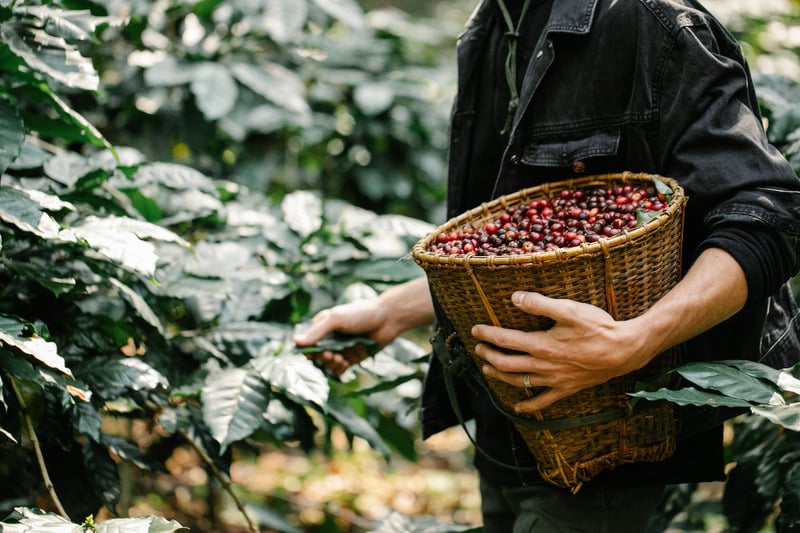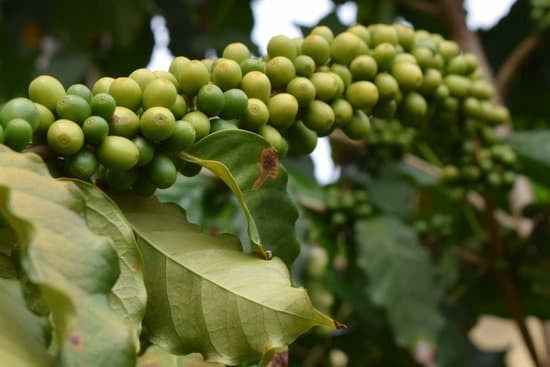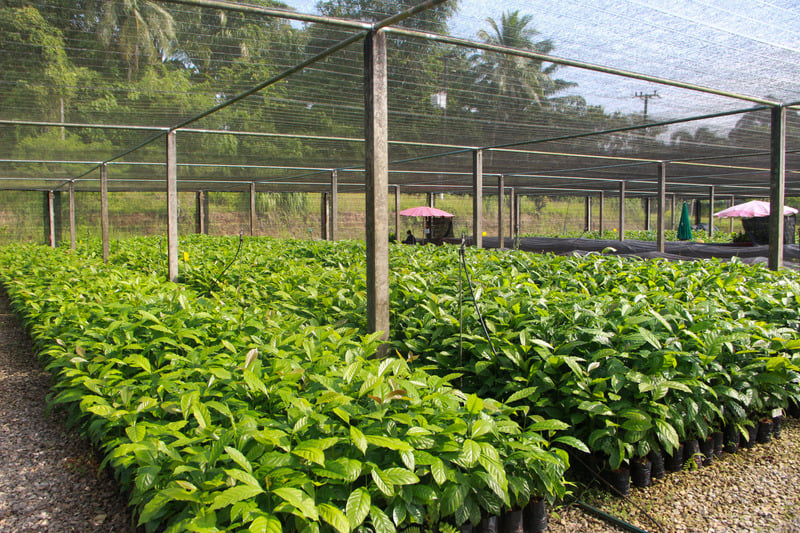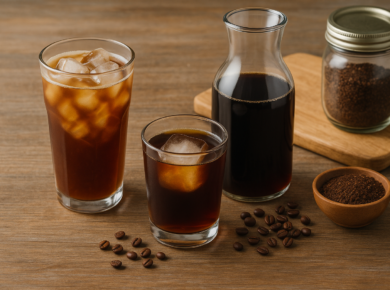Arabica’s floral scent and intrinsic sweetness seduce noses worldwide – hardly surprising as this Coffea species supplies almost two-thirds of global coffee. Arabica dominates over the more intense Robusta through nuanced flavor advantages, regional strongholds, and ongoing cultivation advances.
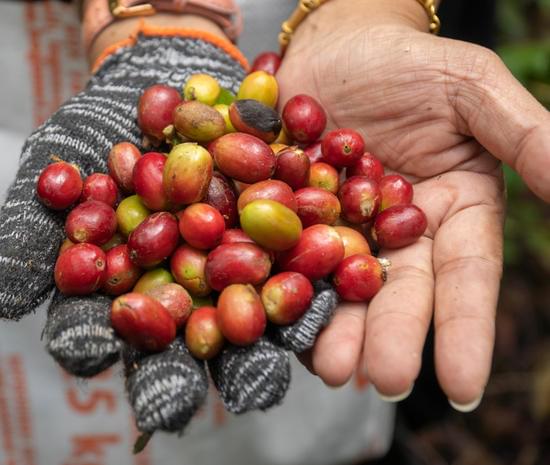
Wide Range of Distinctive Flavor Profiles
At nearly twice the sugar concentration and half the bitterness of Robusta, Arabica offers an unparalleled spectrum of aromatic tasting notes from juicy berries to chocolate and caramel.
Arabica coffees span a range of flavor profiles depending on variety, processing, and roast. They often have a mildly sweet base with hints of chocolate, caramel, or nuts, sometimes accompanied by faint fruit, berry, and floral notes. A delicate acidity and bitterness balance out the sweetness. Proper storage and cold brewing can help accentuate Arabica’s sweeter tones.
Processing steps do shift the profile, but Arabica allows true terroir transparency from Ethiopian lemony brightness to Java’s syrupy body.
The beans’ aroma when raw or newly roasted is frequently described as fragrant and fruity, with freshly harvested Arabica often emitting blueberry-like scents. As they continue ripening, Arabicas develop more complex bouquets molded by environmental factors. Across preparation methods, Arabica’s layered fragrances help unlock its flavors.
Creative roasters can spotlight specific beans in single-origin brews or engineer captivating blends. One study analyzing over 1000 Arabica cultivars identified seven distinct flavor groupings.
Arabica’s Ideal Origins
Arabica thrives best above 3300 ft in nutrient-rich volcanic soils under shade canopy, relatively cool climates and ample rainfall (source) – conditions met in prized regions like the Colombian and Costa Rican mountains, Jamaican Blue ranges or Ethiopian cloud forests where the species originates. Such growing requirements limit viable areas, though Vietnam’s fertile central highlands increasingly produce sought-after beans. Historians trace the initial spread from Africa through Yemen and India transported by colonial traders. Globally dominant exports now come from Brazil and other South/Central American countries.

Popular Types of Arabica Coffee
Arabica coffee encompasses a large family of diverse bean varieties. Some are specially adapted to specific growing regions, while others can thrive in many coffee-cultivating areas globally. Major Arabica types include
- legacy heirlooms like Typica, Bourbon, and Caturra;
- hybrids such as Catimor and Pacamara; and
- renowned regional varieties including Kona and Villalobos.
Each contributes unique flavors, cultivation traits, and lineage histories to the broader Arabica coffee tradition. Examining the range of beans in this category enables us to gain a more profound understanding of Arabica’s genetic varieties.
Selective Breeding of Arabica
While Arabica dominated earlier coffee waves, modern breeding programs try to sustain its prominence by enhancing yield, pest resistance and climate resilience (source). They built off older stock like the reliable Bourbon strain that still fills Brazilian hectares. Adding genes from other Coffea variants has birthed improved hybrids, whether fast-growing dwarf types for high-density farming or Catimors crossed with Robusta branches to handle rising temperatures. Some worry introducing those tough, bitter genes could dilute Arabica’s delicate charms. Preservation of heirloom Ethiopian accessions provides insurance policies against genetic erosion.
Arabica’s Benefits
For commercial operators, Arabica’s lower caffeine and acidity reduces stomach irritation, making it more palatable for wide audiences. Less need for pesticides aids sustainability credentials. Although some specialty café ritualists argue judicious Robusta blending can elevate espresso’s crema crown and add body complexity akin to liquor splashbacks. Regardless of evolving cultivation techniques or processing innovations, Arabica’s comforting, nuanced flavors will likely maintain its growth trajectory as the prime bean.
FAQs
Does Arabica contain more caffeine than Robusta?
Arabica clocks in around half to two-thirds the caffeine level of Robusta depending on precise bean and brew style comparisons.
Where are premium Arabica beans grown?
Colombia, Jamaica and Ethiopia stand out as exceptional Arabica origins – though distinctive offerings arise from most Central and South American highland estates too.
Is all specialty café coffee made from Arabica?
Many artisan roasters will specify Arabica-only beans. However, some blends may incorporate small ratios of Robusta to bolster crema foam without compromising cup quality.
